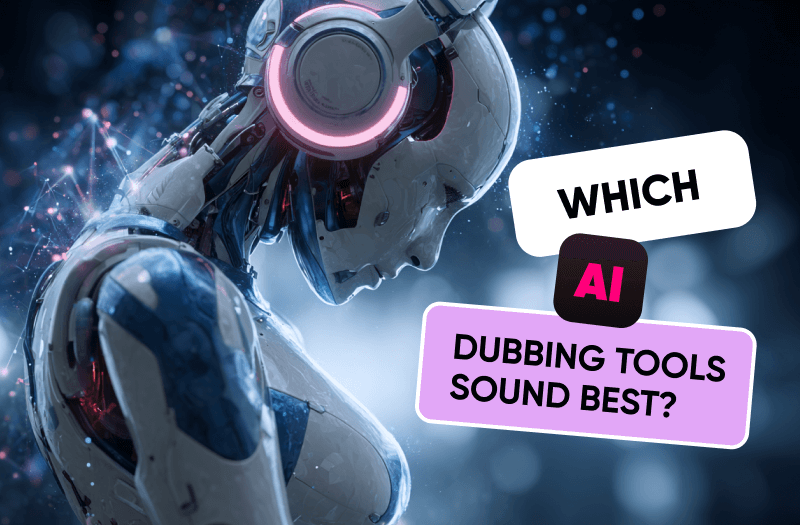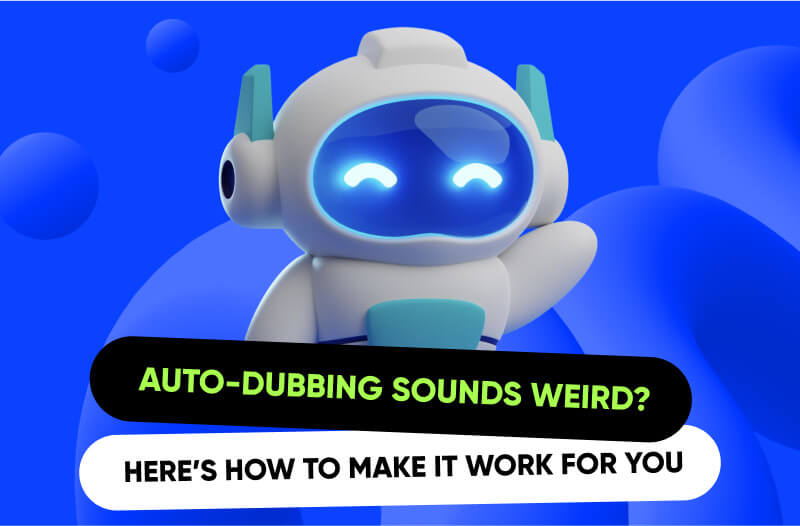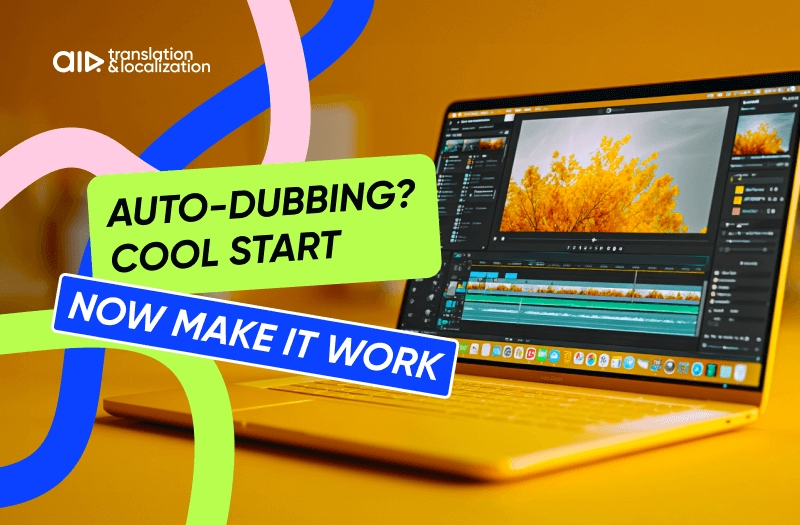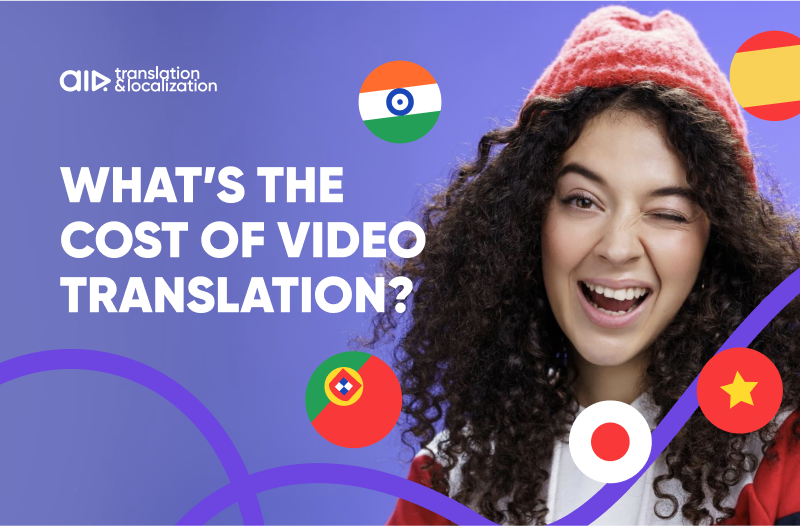
Not Sure Which Languages to Choose?
Sometimes global reach can seem like a confusing task. So many fancy tools, services, instruments that you just don’t know which ones can do the job right. With the new AI dubbing feature that YouTube introduced not too long ago, the discussion has sparked anew: which AI dubbing tools work well?
The Sound of AI
It’s important to keep in mind that whatever AI tools you choose, the results aren’t going to be perfect simply because AI dubbing (as of yet) is incapable of correctly conveying emotions and tones. The perfect solution to combat this would be to combine both human voices and AI efficiency (which is what we do).
What we offer goes beyond a simple AI tool. We offer movie-level dubbing with the help of both human experts and AI. We offer multi-language solutions to reach audiences globally and help you earn more. Reach out if you are interested and let’s delve deeper into the dubbing tools!
The Tools We Tested
After researching and trying out a lot of different AI dubbing tools, reviewing the audience feedback and viewer analytics, we are ready to share which ones work better among the rest. Keep in mind that all of these were also tested blind with native speakers. Here’s the breakdown.
YouTube AI Dubbing Feature
We will start with the feature that sparked the most discussion in the YouTube community as of now: auto dubbing feature introduced by YouTube. Although far from being perfect (the tech is still in its infancy), it can still have its uses.
As the feature suggests, it’s automatic and rather easy to turn on. What it lacks in voice realism and tone, it makes up for with its availability. It can be great for testing the dubbing overall and whether or not you should invest into a more serious professional human dubbing.
Source: Jeremy Chapman
ElevenLabs
ElevenLabs are among the most praised AI dubbing tools on the market. It can translate in a lot of different languages in mere moments, and is capable of somewhat replicating human realistic voices with tones. Moreover, it adds lip sync, which can look impressive from an outside perspective.
However, it is (as with all AI dubbing tools) far from being perfect. It’s incapable of replicating complex emotions, nor is it perfect at translating the content itself. As some of the native viewers reported, this AI tool tends to pick unnatural-sounding sentence structures and make mistakes in the selection of words. It has super useful features to layer on human voice, but AI dubs on their own aren't there yet.
Source: Joanna Yung
Papercup
Another loved AI dubbing tool on the market is Papercup. However, just like all the other ones, it lacks in emotions and the voices we have heard thus far sound a bit robotic. The tool itself is built for YouTube workflows and has good lip-sync for vlog formats.
The downside is that it’s not the cheapest, and sounds a bit uncanny sometimes. It works well for explainer or professional content if you want to test out dubbing in itself.
Source: Funnyclip
Dubverse
Dubverse has decent capabilities and wide language support. It’s good if you want to dip your toes in local Asian markets. However, the downside is the very same: weak emotion control, drop in the vocal energy and overall monotone voices.
If you want to expand into regional markets with info-based content? Sure, go for it! But make sure a native speaker is keeping an eye on what the AI is doing.
Source: AI tools - All in One Place
Want quality dubbing?
AI tools alone won’t get you the growth you’re after yet. What really works is a hybrid approach that delivers cinematic-level dubs. We’ve helped 400+ channels get millions of subs and original-video-level watch-time with this method. Contact us, we’ll show you how it sounds and what it can do for your growth.
HeyGen
HeyGen is among the more impressive AI dubbing tools. It’s great at voice-sync combos. It looks slick for Shorts or just talking heads. However, the AI effect can be sensed. It still has that uncanny valley effect to it and if you try to translate your long-form content with this tool, the results look and feel unnatural.
If all you need is to translate attention-grabbing shorts with dubbed avatars - this tool can work. It’s good for novelty, but hardly ideal for building emotional resonance.
Source: MDMZ
What We Learned
Fortunately or not, there aren’t that many AI dubbing tools designed for YouTube on the market. None of them (as of now) are really capable of conveying the emotions that humans can do. Most of them give that uncanny valley effect that usually repels the viewers instead of actually sticking around.
Viewers overall tend to be more forgiving of small translation blunders than flat delivery. For Shorts, novelty wins. For storytelling or lifestyle content, even the best dubs aren’t capable of matching human emotional nuance, so here’s where you need to hire voice actors.
We’ve helped dozens of creators add millions of new views through strategic dubbing. But tech is just one part. What matters is how it’s implemented and combined with human voices.
Want to run a dubbing pilot that actually drives growth? Let’s look at your content and figure out what language, tool, and format make sense for your channel.
AIR Partners Hit 125+ Billion Views
Looking for a boost? Get an expert YouTube channel audit to unlock hidden growth spots!






